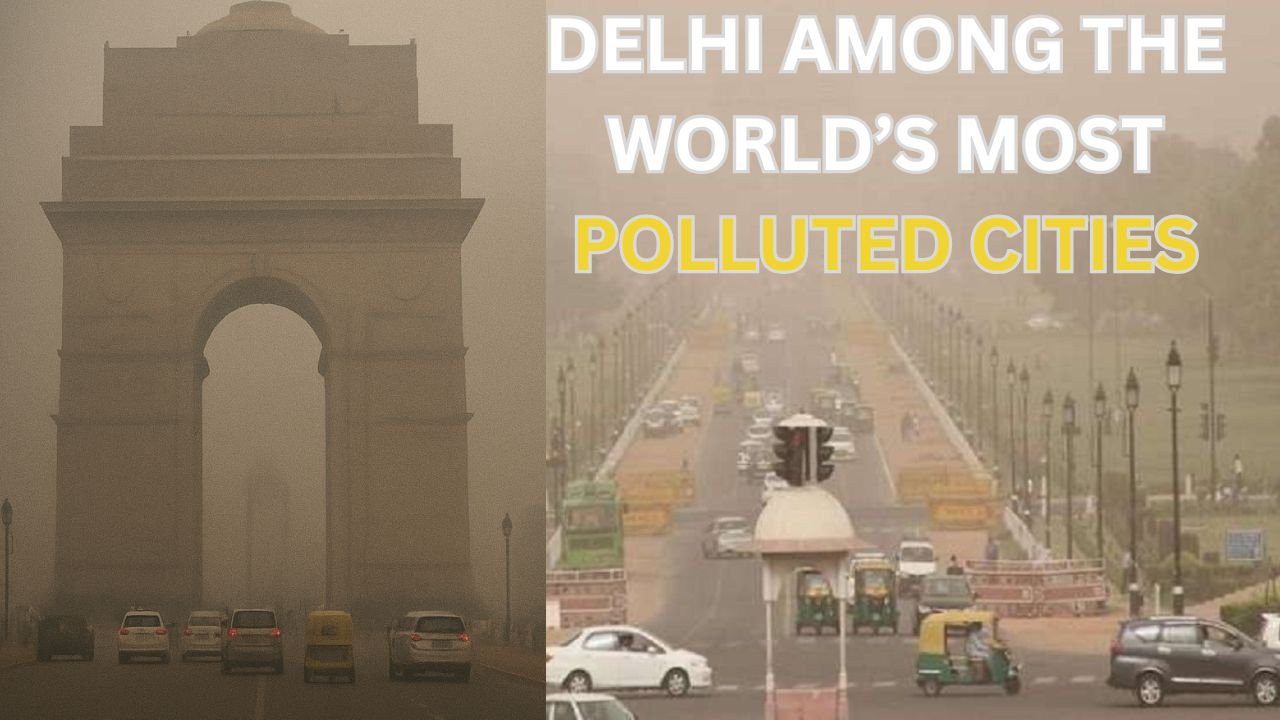Blog
Delhi Among the World’s Most Polluted Cities

Delhi, the capital of India, has once again been ranked among the world’s most polluted cities. Despite being the heart of the nation and a hub of development, the city is constantly struggling with poor air quality. Rising levels of PM2.5 and PM10 particles, vehicular emissions, industrial pollution, and seasonal stubble burning are the major contributors to this crisis.
Current Pollution Scenario
According to recent air quality reports, Delhi’s Air Quality Index (AQI) often crosses the “Severe” category, especially during winter. Smog blankets the city, reducing visibility and posing serious health hazards. This consistent ranking among the top polluted cities globally reflects not just an environmental concern, but also a public health emergency.
Key Reasons Behind Delhi’s Pollution
- Vehicular Emissions – Over 12 million vehicles operate in Delhi, releasing harmful gases like carbon monoxide and nitrogen oxides.
- Industrial Activities – Surrounding industrial zones emit toxic pollutants that worsen air quality.
- Stubble Burning – Farmers in neighboring states burn crop residue during October-November, leading to heavy smog.
- Construction Dust – Rapid urbanization and ongoing infrastructure projects add dust particles to the air.
- Geographical Factors – Being landlocked with no major wind flow, pollutants remain trapped over Delhi.
Impact on Health
Pollution in Delhi is linked to rising cases of asthma, bronchitis, lung infections, heart problems, and reduced immunity. Studies suggest that prolonged exposure to such toxic air can reduce life expectancy by several years. Children and the elderly are most vulnerable.
Government Measures
The Delhi government and central authorities have taken steps like:
- Odd-Even vehicle policy to reduce traffic emissions.
- Graded Response Action Plan (GRAP) during peak pollution.
- Promotion of electric vehicles and metro expansion.
- Ban on firecrackers during Diwali.
However, experts argue that stricter enforcement and long-term strategies are still required.
Way Forward
To tackle pollution, Delhi needs a multi-pronged approach:
- Encouraging public transport and reducing private vehicle usage.
- Investing in renewable energy sources.
- Creating a green cover by planting more trees.
- Strict monitoring of industrial and construction activities.
- Promoting awareness campaigns so citizens actively participate in reducing pollution.
Conclusion
Delhi’s position among the most polluted cities in the world is a wake-up call for both the government and citizens. Without collective efforts, the situation may worsen, affecting the health and future of millions. By adopting sustainable practices and stricter policies, Delhi can gradually move towards becoming a cleaner and healthier city.
